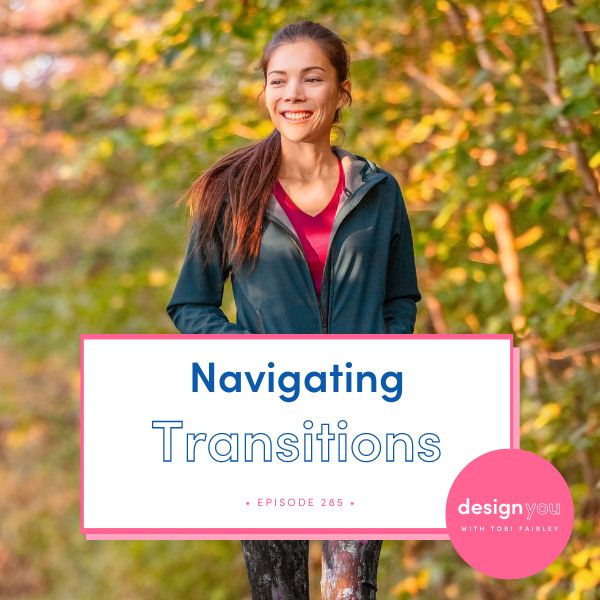
I love the transition we experience during fall, but transitions in our lives and businesses aren’t always as pretty. I’m currently in the transition of empty-nesting, and in a changing world, it can feel like we’re always going through transitions in our businesses. If you’re navigating any kind of transition in your life or business, I have a few coping strategies to get you through the discomfort of change.
Life isn’t easy. No matter how much money you have, how busy you are in your business, and regardless of how much personal growth you go through, some things are still going to be painful and challenging. That’s the deal for humans. Of course, half the time, being a human is amazing, but if you need a little help with the tricky half, this episode is for you.
Tune in this week to learn the practical strategies that allow you to have a more positive experience of navigating transitions. I’m sharing the thoughts that build a negative emotional experience of transitions, and showing you how to decide what you really want to create in your life or business as you navigate difficult transitions.
Discover a new path to success in the Interior Design Industry with our live 3-part training: How To Create Additional Revenue Streams. Join us as we teach you the strategies to launch innovative income streams, freeing you from the limitations of traditional design services. Don’t miss this opportunity to revolutionize your business and thrive in today’s competitive landscape. Grab the Training Series now to prepare your business for today & beyond!





